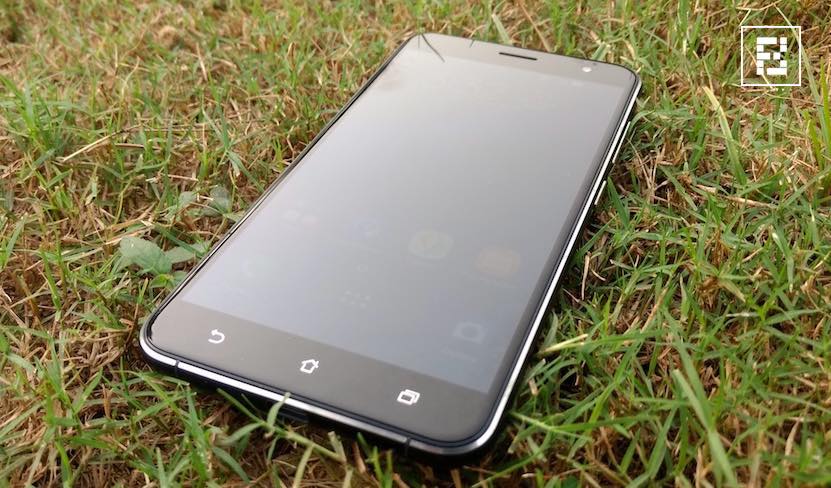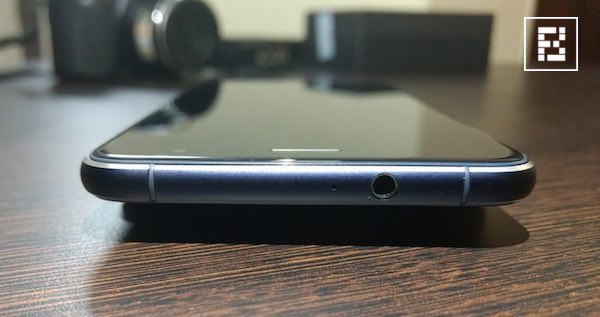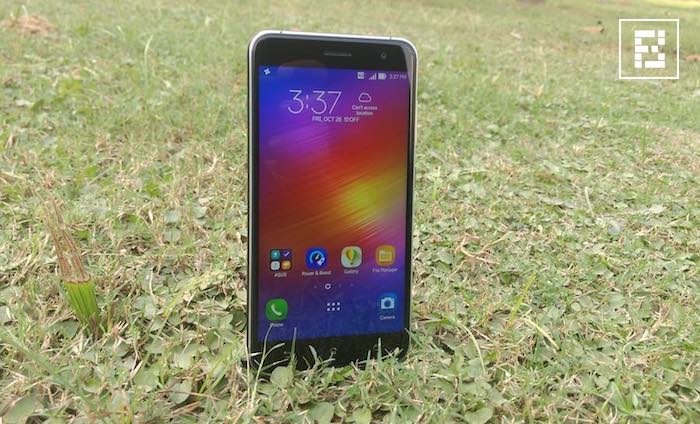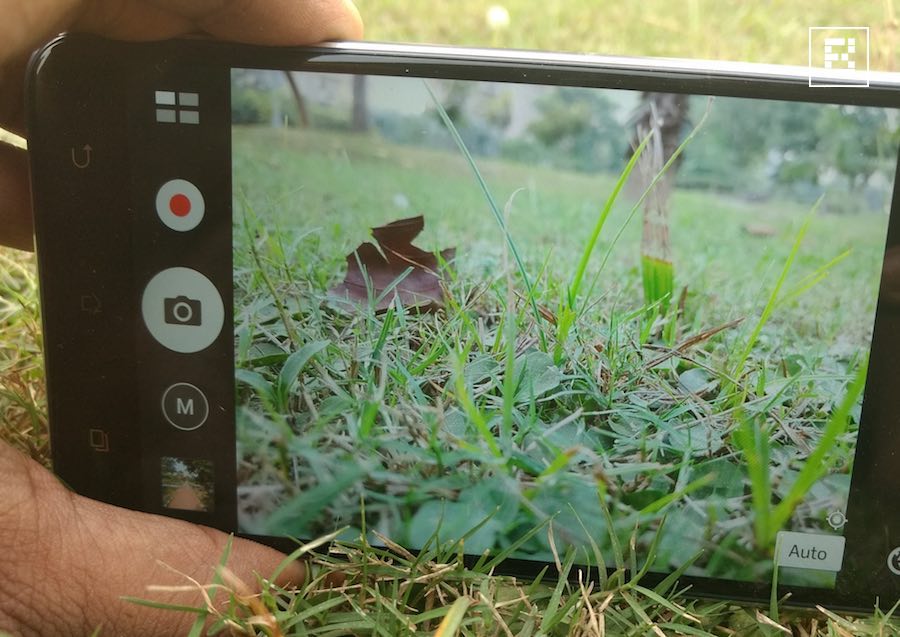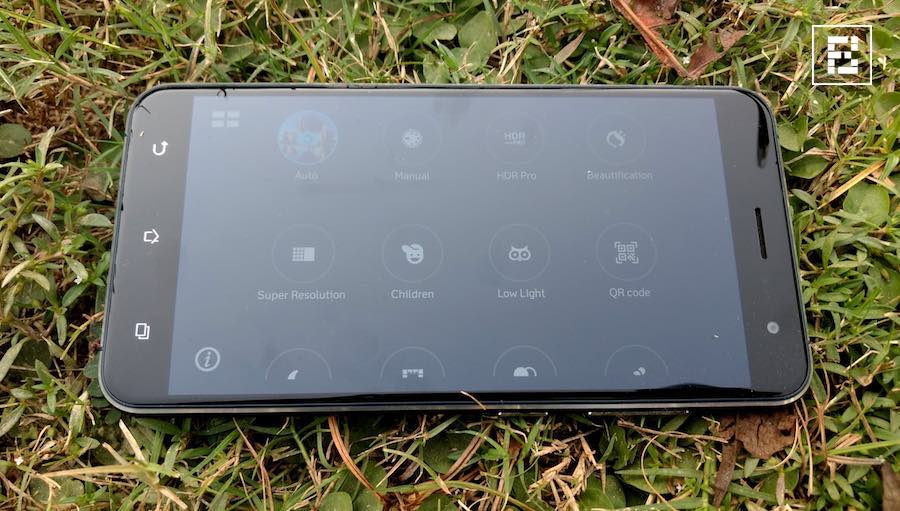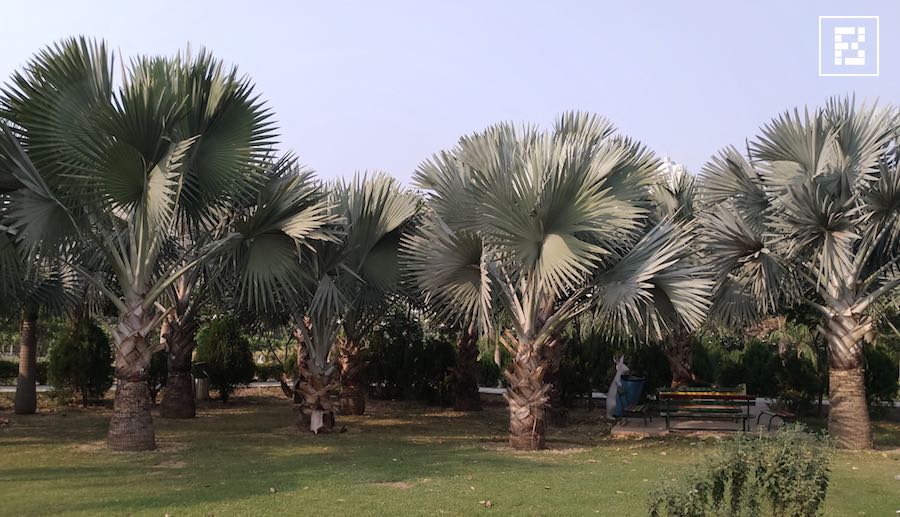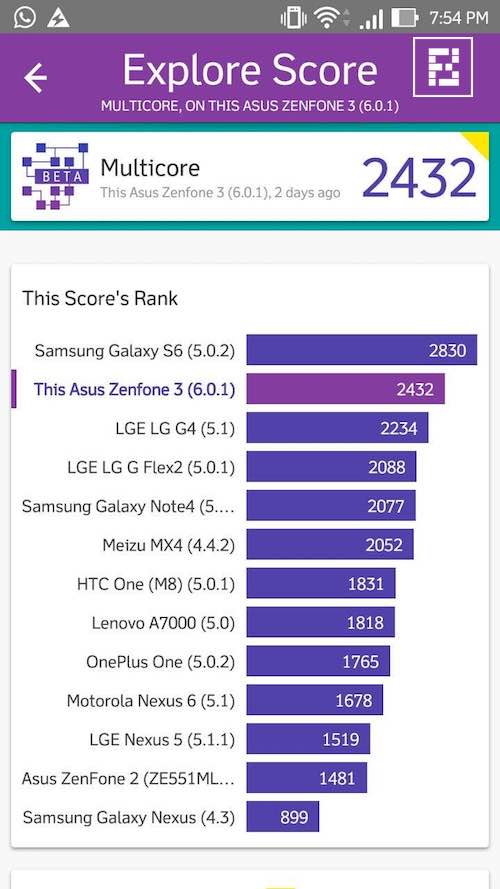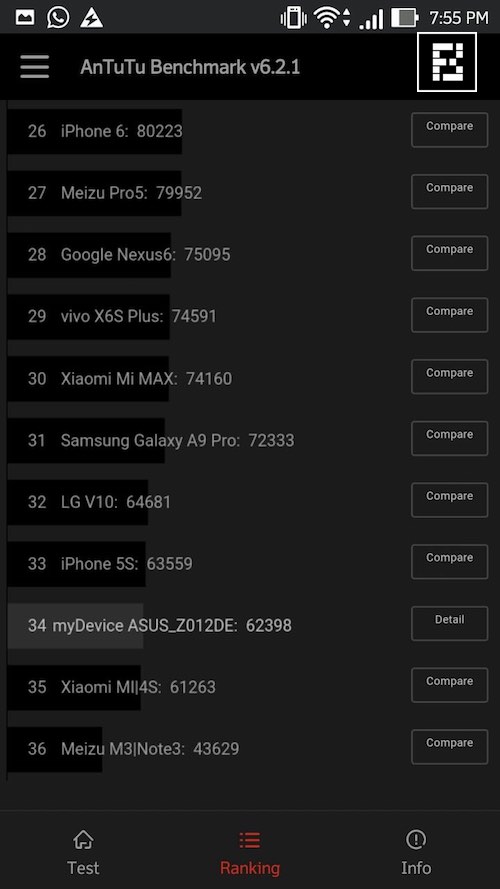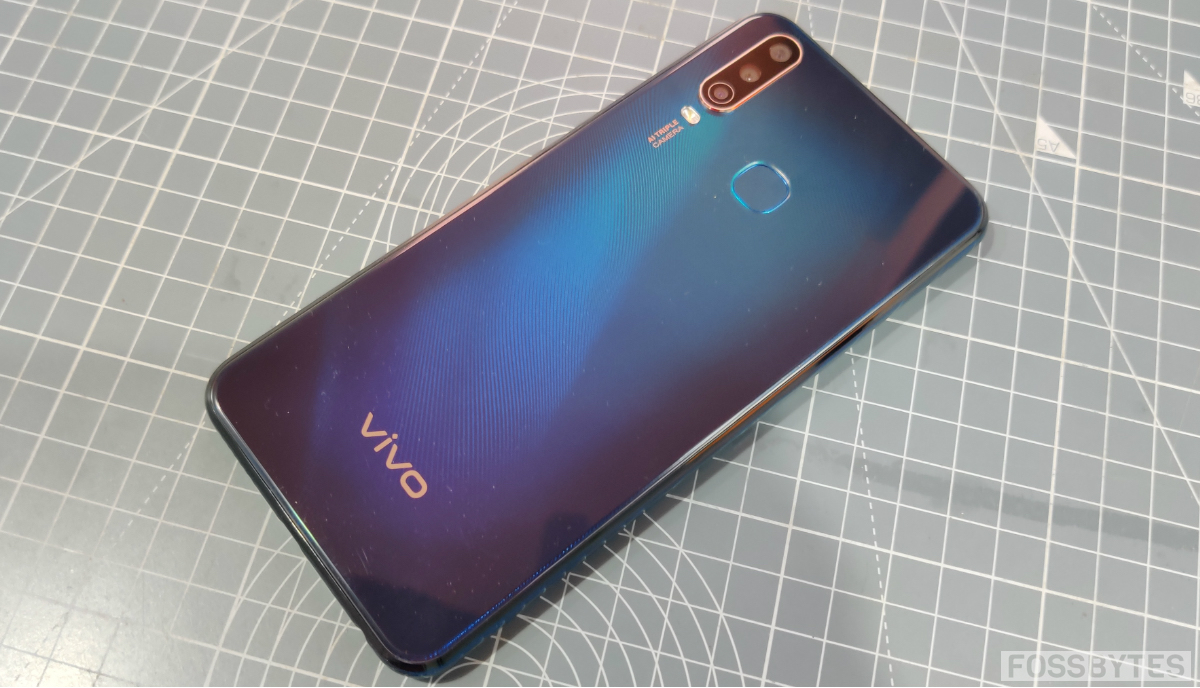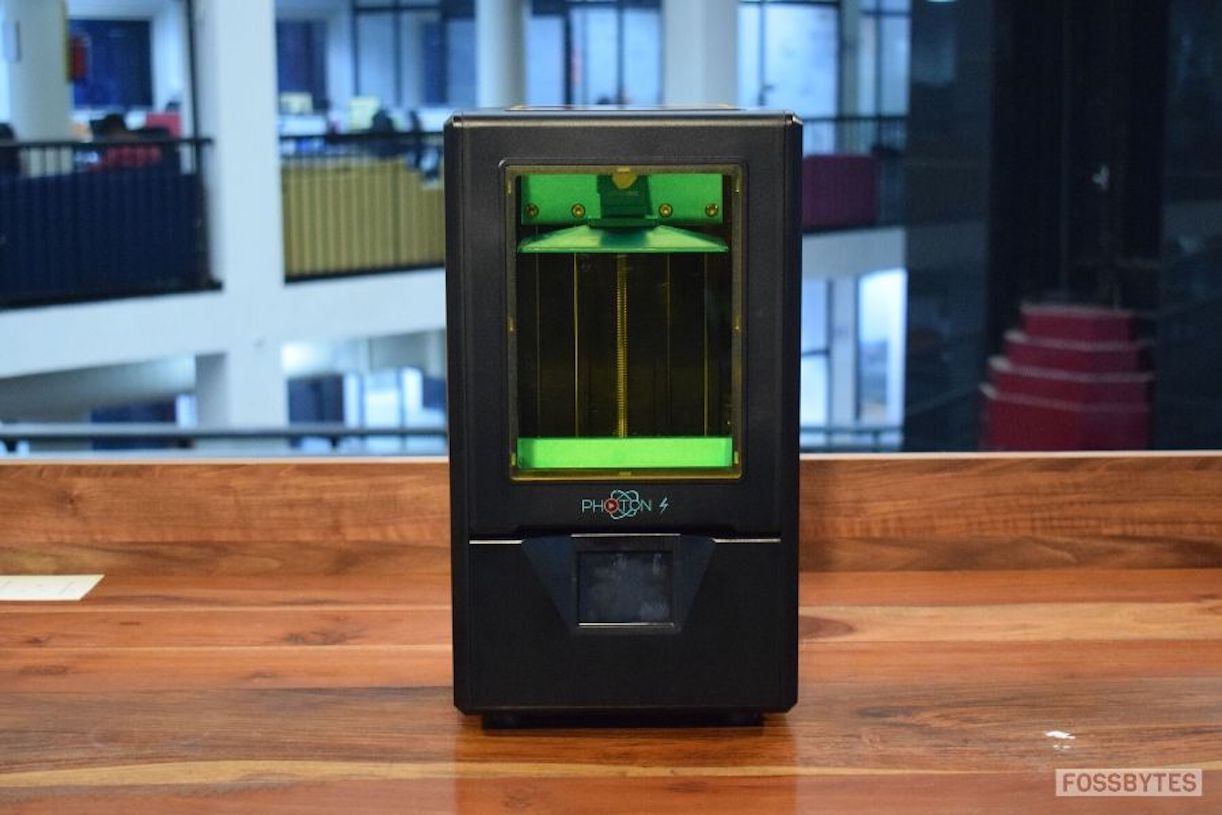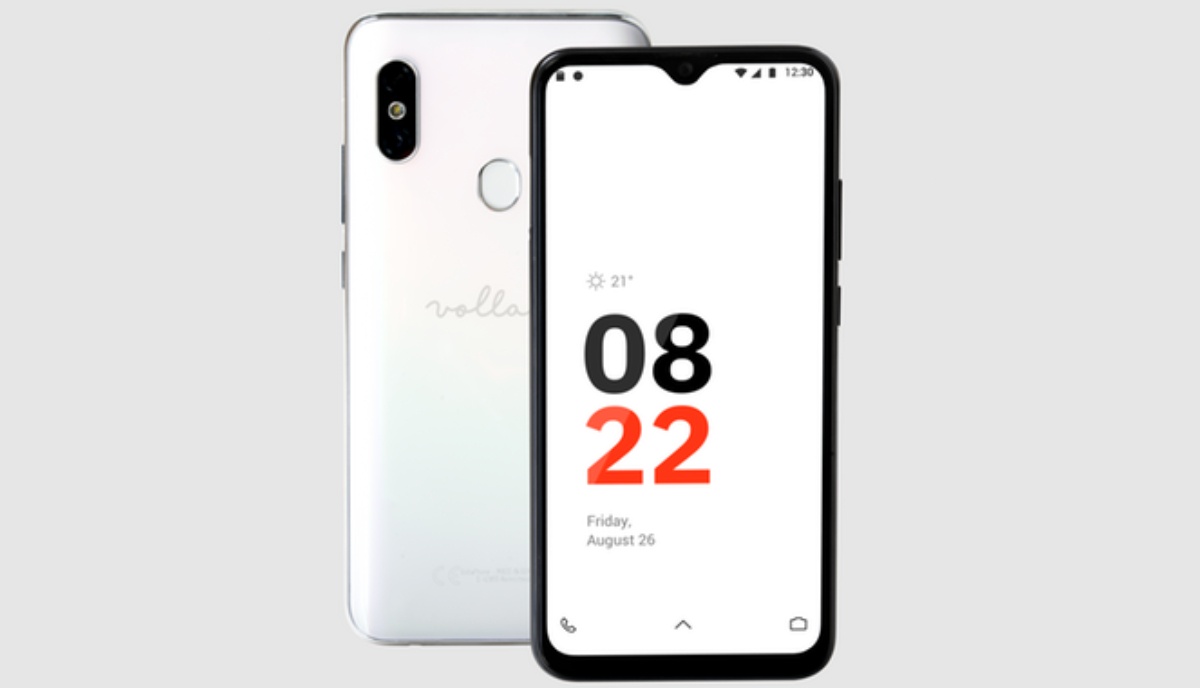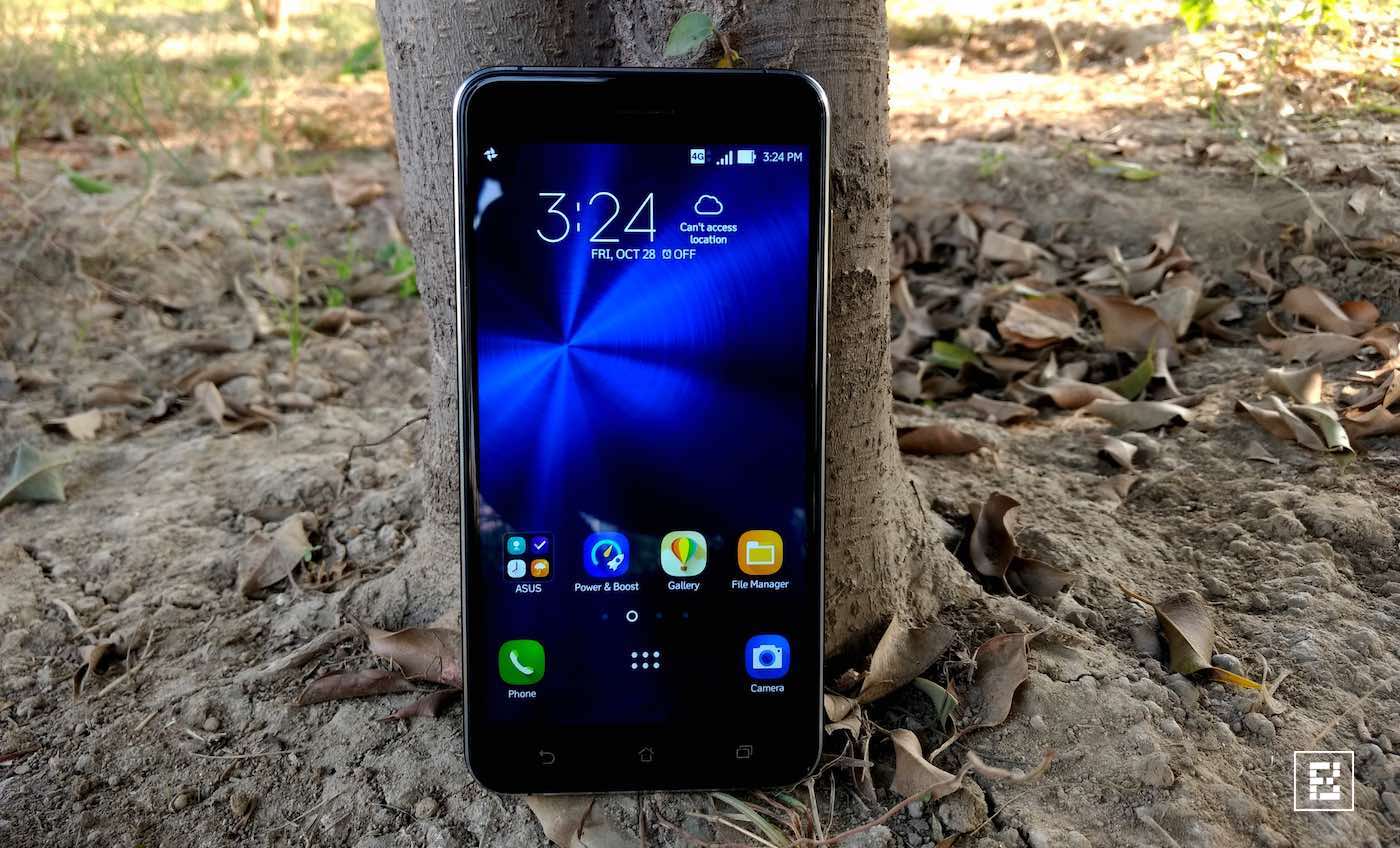 Short Bytes: Asus has made an impressive entry in the premium smartphone market with ZenFone 3. Thanks to the 2.5D Corning Gorilla Glass, the phone comes with an attractive design. Easy to focus and user-friendly camera snaps great pictures and Snapdragon 635 chip delivers powerful performance. Despite unintuitive ZenUI and useless bloatware, Asus ZenFone 3 is a great buy.
Short Bytes: Asus has made an impressive entry in the premium smartphone market with ZenFone 3. Thanks to the 2.5D Corning Gorilla Glass, the phone comes with an attractive design. Easy to focus and user-friendly camera snaps great pictures and Snapdragon 635 chip delivers powerful performance. Despite unintuitive ZenUI and useless bloatware, Asus ZenFone 3 is a great buy.
Back in 2014, at the Consumer Electronic Show in Las Vegas, Asus launched its first generation of ZenFone smartphones. It was followed by the second generation ZenFone smartphones that came pre-loaded with Android 5.0 Lollipop and Full HD IPS display. Recently, Asus unveiled the third generation of Zenfone series at Computex Taipei.
With its ZenFone 3 range, Asus has aimed highers and decided to compete with the players who make high-end devices. The company has launched different models of the device, namely ZenFone 3 (5.2-inch and 5.5-inch model), ZenFone 3 Ultra, ZenFone 3 Laser, and ZenFone 3 Deluxe.
Asus ZenFone 3 Review:
These looks like a great deal at an attractive price. For our review, Gearbest provided us Asus ZenFone 3 64GB ROM 4GB RAM model in Lake Blue color. It costs $361.69 with free shipping to India.
Before going into the further details, let’s tell you the detailed specifications of this smartphone.
Asus ZenFone 3 Configuration:
| Basic Information | Model: ASUS ZE552KL Type: 4G Phablet OS: Android 6.0 Service Provide: Unlocked SIM Card Slot: Dual SIM SIM Card Type: Dual Nano SIM |
|---|---|
| Hardware | CPU: Qualcomm Snapdragon 625 Cores: 2.0GHz,Octa Core GPU: Adreno 506 RAM: 4GB RAM ROM: 64GB External Memory: TF card up to 128GB (not included) |
| Network | Wireless Connectivity: 3G,4G,A-GPS,GPS,GSM,WiFi WIFI: 802.11a/b/g/n/ac wireless internet Network type: FDD-LTE+WCDMA+GSM 2G: GSM 850/900/1800/1900MHz 3G: WCDMA 850/900/1900/2100MHz 4G: FDD-LTE 850/900/1800/1900/2100/2600MHz |
| Display | Screen type: 2.5D Corning Gorilla Glass 3 Screen size: 5.5 inch Screen resolution: 1920 x 1080 (FHD) |
| Camera | Camera type: Dual cameras (one front one back) Back camera: 16.0MP, with flash light Front camera: 8.0MP Video recording: Yes Touch Focus: Yes Auto Focus: Yes Flashlight: Yes |
| Media Formats | Picture format: BMP,GIF,JPEG,PNG Music format: AAC,AMR,MP3,OGG,WAV Video format: 3GP,AVI,FLV,RMVB,WMV E-book format: PDF,TXT Games: Android APK |
| Other Features | I/O Interface: 2 x Nano SIM Slot,Type-C Bluetooth version: Bluetooth V4.2 Sensor: Accelerometer,Ambient Light Sensor,E-Compass,Geomagnetic Sensor,Gravity Sensor,Gyroscope,Hall Sensor,Proximity Sensor FM radio: Yes OTG : Yes Sound Recorder: Yes Additional Features: 3G,4G,Alarm,Bluetooth,Browser,Calculator,Calendar,Fingerprint recognition,GPS,Wi-Fi |
| Battery | Battery Capacity (mAh): 3000mAh Built-in Battery Type: Lithium-ion Polymer Battery |
| Package Contents | Cell Phone: 1 Power Adapter: 1 USB Cable: 1 Earphones: 1 User Manual: 1 |
| Dimensions and Weight | Product size: 15.26 x 7.74 x 0.77 cm / 6.01 x 3.05 x 0.3 inches Package size: 18.00 x 12.00 x 6.00 cm / 7.09 x 4.72 x 2.36 inches Product weight: 0.155 kg Package weight: 0.550 kg |
What’s inside the package?
Apart from the main phone unit, the Asus Zenfone 3 package comes with a USB Type-C cable and charger. Phone supports fast charging that adds 2 hours of talk time by 5 minutes charging. There were a couple of manuals, which were in Chinese, and a headset with some extra earbuds.

Asus ZenFone 3 — Design and build
Asus has tried hard to break the budget smartphone tag and move towards a premium segment. This has prompted the company to make some prominent design changes. The company has used 2.5D curved Corning Gorilla Glass both on the front and rear. The phone felt a little bit slippery in my clumsy hands. On the back, there’s the protruding camera lens. Asus claims that a sapphire lens will protect it from any type of scratch.
There’s LED flash and the rectangular fingerprint scanner, whose positioning might look odd to many people, just below the camera. Towards the bottom, there’s Asus printed in silver. There are slight glimpses of Samsung Galaxy S7 on the back. You’ll find a 5.5-inch display on the front, along with the standard sensors and front camera.
The metallic outer rim gives the beautiful body of the phone a premium feel. Asus ZenFone 3 comes with headset jack on the top side of the rim. Unlike Xiaomi Redmi Pro, there’s no IR blaster–something that’s disappearing these days. The volume and power controls are on the right side and they are comfortable to access. At the bottom side, there’s a reversible USB Type-C charging port, speaker grill, and microphone.
Display of Asus ZenFone 3
Asus ZenFone 3 sports Full-HD 1920×1080 IPS display that covers 77.3% area of the front. The good viewing angles and 386 PPI density makes it vibrant and crisp. The colors feel good to eyes and perform well in the direct sunlight. There’s also a customization option that makes the colors look neutral. It also has a feature that cuts the blue-light, making your sleeping experience better. The overall display might not match the high-end flagships but it provides a satisfactory performance.
Camera performance
Asus is marketing ZenFone 3 as a smartphone that’s built for photography. Talking about the specifications, there’s a 16MP lens in the back. Thanks to the four-axis image stabilization, Asus ZenFone 3’s camera did a good job in shaky situations. The pictures I took has good detailing and colors. You can check out the images below. Combined with company’s TriTech auto-focus technology, the f/2.0 aperture and 6P Largan lens does the focusing job pretty quickly. However, for taking pictures in the night, Asus ZenFone 3 doesn’t look like the best phone around.
The Asus ZenFone 3 camera app is quick and easy to use. The default resolution of the rear camera is set 12MP rather than 16MP. So, you need to change it from the settings option.
The phone has many camera modes to choose from. There’s HDR mode, low light mode, manual mode, real-time beautification mode, super resolution mode, night mode, my favorite GIF animation mode and more. The 8MP selfie camera comes with Asus beauty mode that slims the face and enlarges your eyes. Some of you might like it.
Talking about the videos, Asus ZenFone 3 has the ability to capture 4K videos with great detailing. The dual-LED real-tone flash lights up the objects well in dark situation and makes the videos better. Even the front camera of ZenFone 3 can record full-HD videos.
Connectivity features
ZenFone 3 dual SIM dual standby comes with 2G, 3G, and 4G connectivity. The Wi-Fi connectivity supports the 802.11ac standard. Asus 4G/LTE compatibility varies by region. If you wish to import the phone, please check the compatibility. You also get Wi-Fi direct and Bluetooth 4.2.
Talking about the sensors in the smartphone, you get accelerator, E-Compass, gyroscope, proximity sensor, hall sensor, ambient light sensor, RGB sensor, IR sensor and fingerprint scanner. The ports include USB Type-C 2.0 and 3.5mm audio hack.
Sound
The audio aspect of the phone was a disappointing experience for me. While the phone’s five-magnet mono speaker is loud and clear, it lacks bass and depth. I tried to adjust the audio settings using the preloaded AudioWizard app, but it didn’t help me much. Compared to the inbuilt speakers, the audio experience using headphones was better. Asus supplies earphone that offers clear sound and good bass as compared to phone’s mono speaker.
Battery life
Asus ZenFone comes with a 3000mAh non-removal battery that provides excellent performance. Compared to 10-11 hours battery life of other smartphones of the same range, ZenFone 3 manages to deliver up to 15-16 hours battery life in looping video tests. This means that after moderate usage throughout the day, ZenFone 3 will have some juice left.
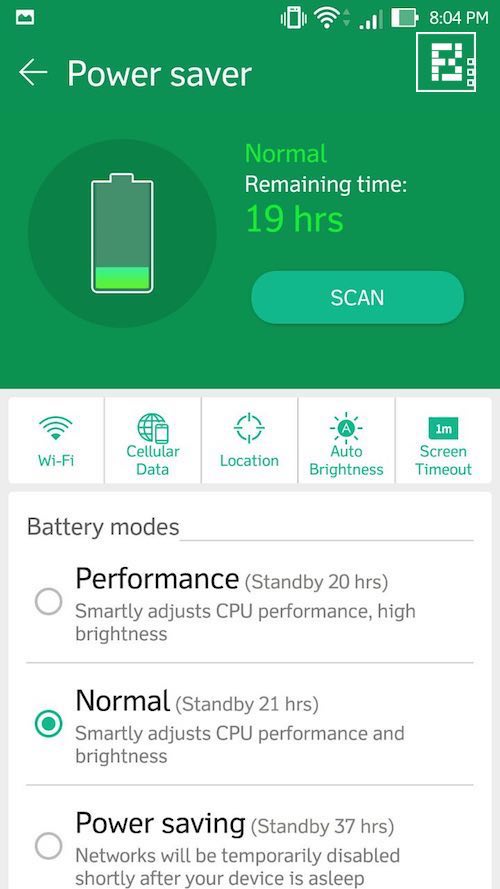
If you choose to record 4K videos and play RAM-intensive games, the battery drains faster and the device heats up a little bit–something that’s not strange. Thanks to the quick charging, in our tests, ZenFone 3 charges from 0 to full in about 100 minutes. And, with just 15 minutes of charge, the phone was able to get 25-30 percent charge.
Software — ZenUI
Here comes another disappointing aspect of the smartphone. Asus’s quality hardware and impressive build design are overshadowed by its poor implementation of Android operating system. Based on Android 6.0, ZenUI adds tons of pointless bloatware to the device. It brings many duplicate apps in the form of Asus cloud storage, gallery, photo services that don’t add any value to the overall Android experience. There are addons that you wish didn’t exist. Android’s basic UI structure has been largely altered and finding a particular setting could be struggling for some users. The notification bar too faces the fury of ZenUI’s redesign.
Benchmark
ZenFone 3 is capable of handling multi-tasking with ease, thanks to its octa-core Snapdragon 625 processor. It didn’t cause any delay in terms of daily usage performance. We were able to stream HD videos on YouTube and play heavy-duty games with ease.
On AnTuTu test performed by us, Asus ZenFone scored 62398. On Vellamo Multicore test, the device managed to score 2432. On Geekbench’s tests, the device scored 2503 in compute comparison and 4090 in multi-core comparison.
Performance pros and cons
Asus ZenFone 3 is a beautiful and lightweight smartphone. Its metal and 2.5D Gorilla Glass finishing on both sides make it very attractive. Its Full HD display delivers natural colors and crisp images. The camera of ZenFone 3 is fast and captures great shots. Swift performance and great battery are other plus points. However, a big chunk of bloatware and unintuitive ZenUI are something that could’ve been avoided. Overall, this direct competitor of OnePlus 3 is a great buy for those who are a great fan of good design, power, and performance.
You can grab Asus ZenFone 3 from Gearbest at attractive prices.
Did you find this article helpful? Don’t forget to drop your feedback in the comments section below.



